The post Must-Watch Movies of Ranveer Singh appeared first on FWD Life | The Premium Lifestyle Magazine |.
]]>1. Band Baaja Baaraat (2010)

Ranveer made a smashing debut in Band Baaja Baaraat, playing the role of Bittoo Sharma, a Delhi boy with big dreams. The film, directed by Maneesh Sharma, is a refreshing take on wedding planning in India and showcases Ranveer’s natural charm and comic timing. His chemistry with Anushka Sharma was widely appreciated, making this film a quintessential Bollywood rom-com.
2. Lootera (2013)
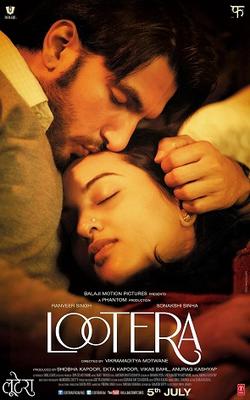
In Lootera, Ranveer Singh stepped into a more subdued and intense role as Varun Shrivastav, an archaeologist with a mysterious past. Directed by Vikramaditya Motwane, this period drama is a poignant love story set against the backdrop of 1950s Bengal. Ranveer’s restrained and nuanced performance, paired with Sonakshi Sinha’s portrayal of a heartbroken woman, makes Lootera a must-watch for those who appreciate classic storytelling.
3. Goliyon Ki Raasleela Ram-Leela (2013)

Goliyon Ki Raasleela Ram-Leela marked Ranveer’s first collaboration with director Sanjay Leela Bhansali, and it was nothing short of spectacular. The film, a modern adaptation of Romeo and Juliet, sees Ranveer playing the role of Ram, a flamboyant and passionate lover. His sizzling chemistry with Deepika Padukone and his energetic dance numbers turned this movie into a box-office hit and established him as a major star in Bollywood.
4. Bajirao Mastani (2015)
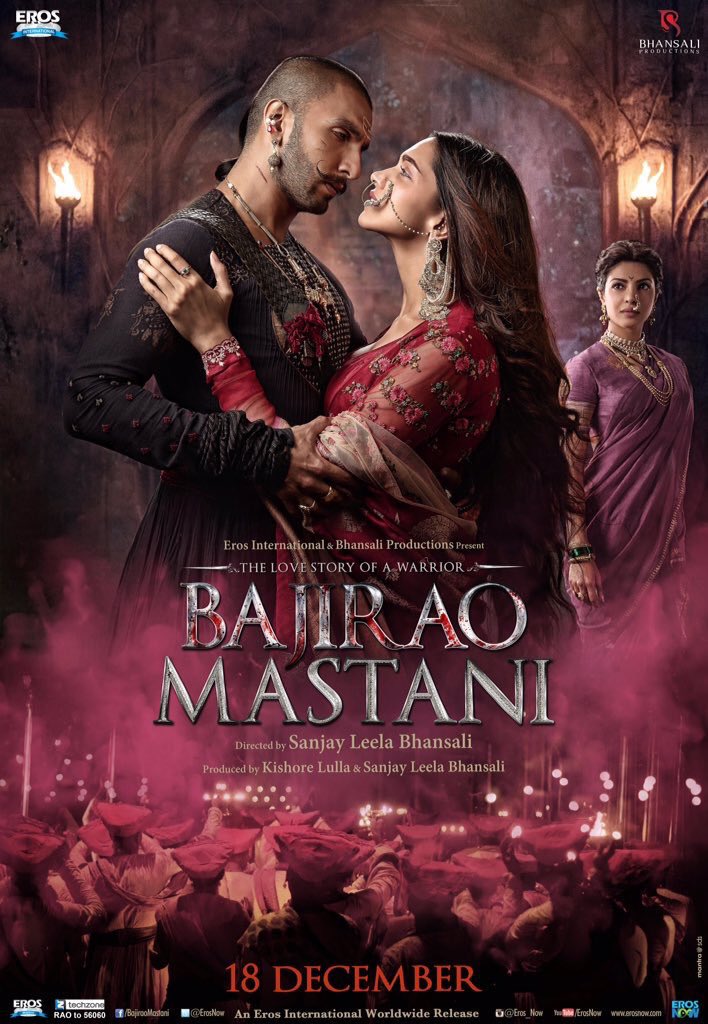
In Bajirao Mastani, Ranveer delivered one of his career-best performances as Peshwa Bajirao I, a fierce warrior and devoted lover. Directed by Sanjay Leela Bhansali, this historical drama is a visual masterpiece with stunning performances from its cast. Ranveer’s portrayal of Bajirao, marked by intensity and emotional depth, earned him critical acclaim and several awards, solidifying his position as one of Bollywood’s finest actors.
5. Dil Dhadakne Do (2015)
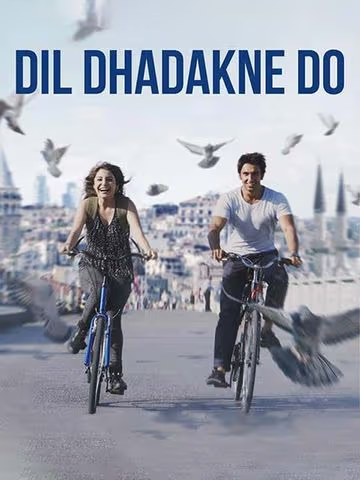
In Zoya Akhtar’s Dil Dhadakne Do, Ranveer played the role of Kabir Mehra, a wealthy but discontented son of a dysfunctional family. This ensemble cast film delves into the complexities of modern relationships and family dynamics. Ranveer’s portrayal of Kabir, who is torn between family expectations and his own desires, is both relatable and endearing, showcasing his ability to handle light-hearted as well as serious roles with equal finesse.
6. Padmaavat (2018)
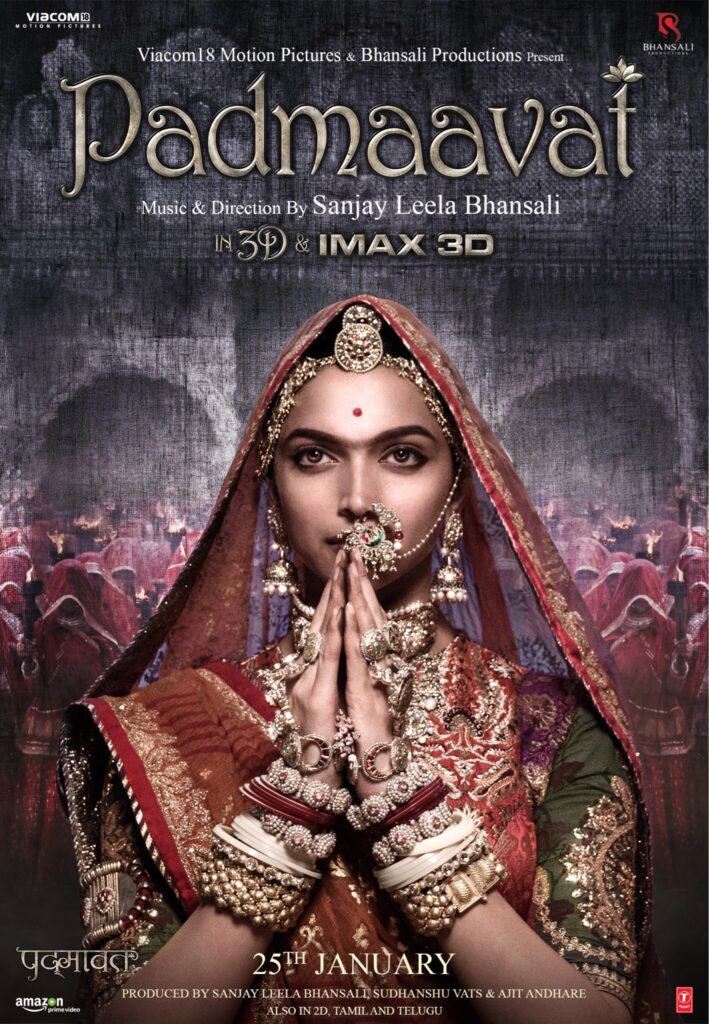
Ranveer took on the challenging role of Alauddin Khilji in Padmaavat, another collaboration with Sanjay Leela Bhansali. His portrayal of the tyrannical and obsessive ruler was both terrifying and mesmerizing, earning him widespread praise for his villainous turn. Ranveer’s Khilji is a character that remains etched in the audience’s minds, showcasing his range and dedication as an actor.
7. Gully Boy (2019)

In Gully Boy, directed by Zoya Akhtar, Ranveer played the role of Murad, an aspiring rapper from the slums of Mumbai. The film, inspired by the lives of real-life rappers Divine and Naezy, is a gritty and inspiring tale of dreams, struggle, and triumph. Ranveer’s powerful performance, combined with his rapping skills, made Gully Boy a critical and commercial success, and it was India’s official entry to the Oscars.
8. Simmba (2018)

In Simmba, Ranveer embraced the role of a corrupt yet lovable cop, Sangram Bhalerao, in this masala entertainer directed by Rohit Shetty. The film is a mix of action, drama, and comedy, and Ranveer’s larger-than-life persona drives the narrative. His infectious energy and comedic timing made Simmba a box-office hit and a crowd-pleaser.
9. 83 (2021)

83 is a sports drama that tells the story of India’s historic victory in the 1983 Cricket World Cup. Ranveer Singh plays the legendary cricketer Kapil Dev, and his transformation into the iconic captain is nothing short of remarkable. Directed by Kabir Khan, the film is a nostalgic journey for cricket fans and showcases Ranveer’s dedication to his craft.
10. Jayeshbhai Jordaar (2022)
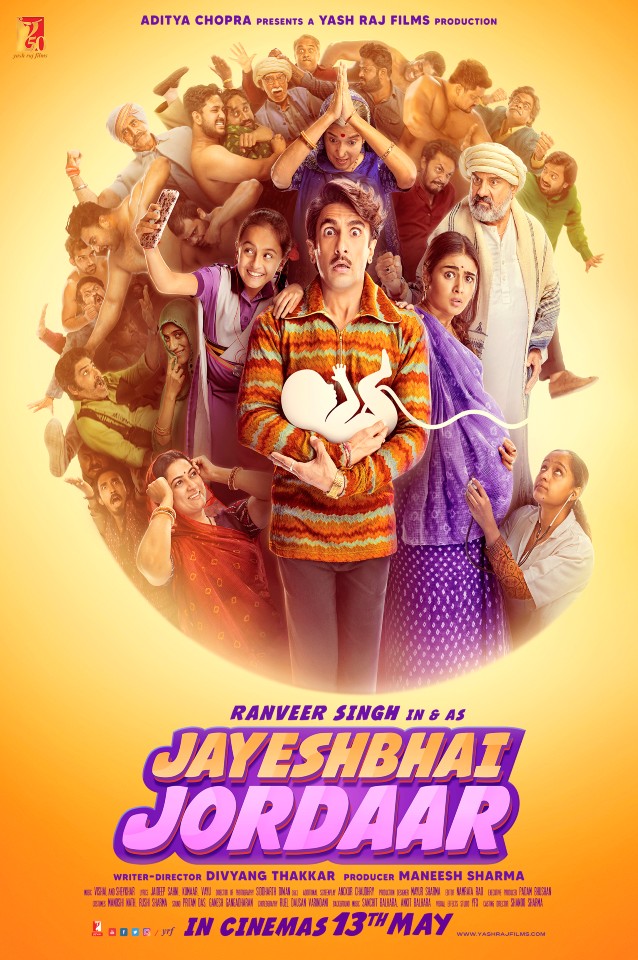
In Jayeshbhai Jordaar, Ranveer Singh takes on the role of Jayesh, a Gujarati man who challenges societal norms to save his unborn daughter. This social comedy, directed by Divyang Thakkar, highlights issues like gender equality and female infanticide, with Ranveer bringing both humor and heart to the role. His portrayal of a reluctant hero fighting for change is both entertaining and thought-provoking.
Ranveer Singh’s filmography is a testament to his versatility and dedication as an actor. Whether he’s playing a charming romantic lead, a fierce warrior, or a quirky hero, Ranveer brings an unmatched energy and authenticity to his roles. His films not only entertain but often challenge societal norms, making them a must-watch for any cinema lover. So, grab some popcorn and dive into the world of Ranveer Singh—these movies are sure to leave you both entertained and inspired.
The post Must-Watch Movies of Ranveer Singh appeared first on FWD Life | The Premium Lifestyle Magazine |.
]]>The post Must Watch Bollywood Murder Mystery Movies on Netflix appeared first on FWD Life | The Premium Lifestyle Magazine |.
]]>Jaane Jaan (2023)
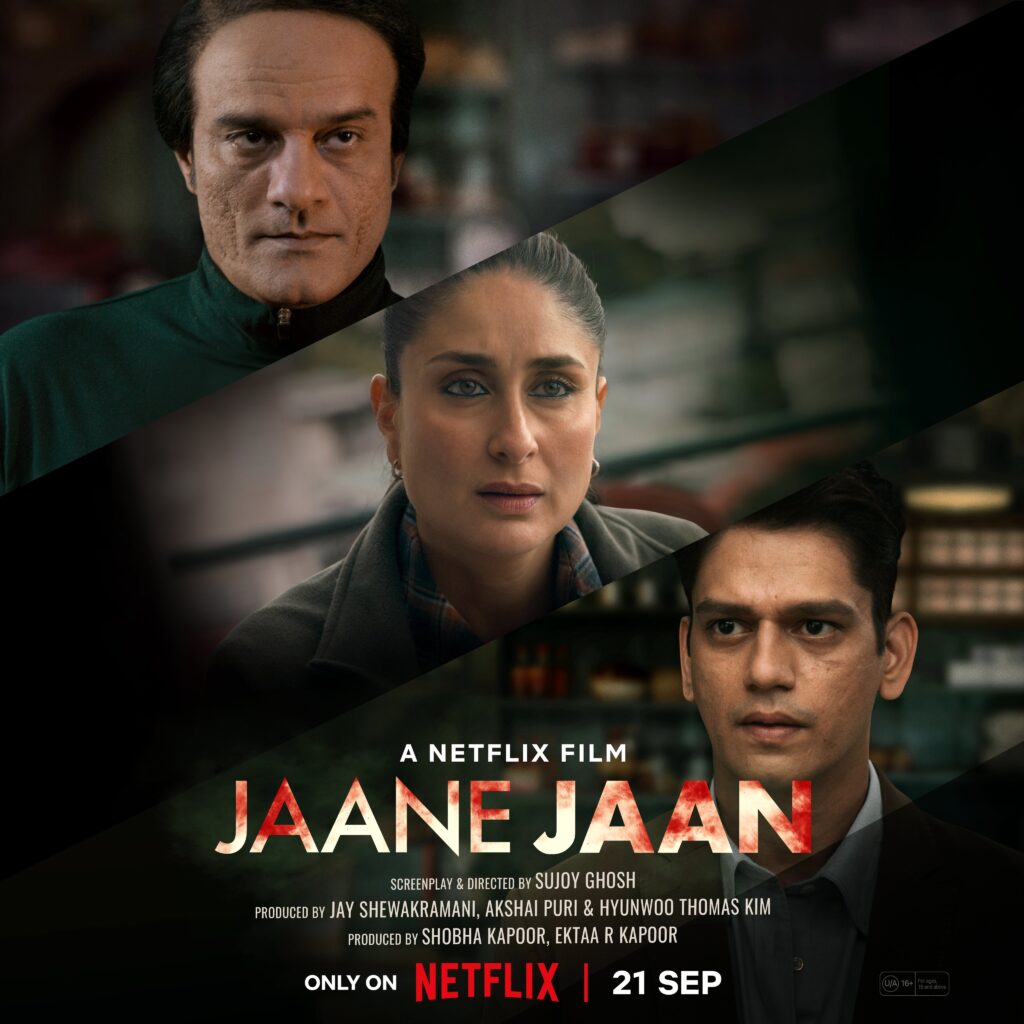
Jaane Jaan is based on Keigo Higashino’s 2005 Japanese novel The Devotion of Suspect X. The narrative centres on a single mother who becomes involved in her husband’s death. While a dedicated police investigator works to find the truth, the neighbouring maths instructor helps to conceal the crime.
Haseen Dillruba (2021)
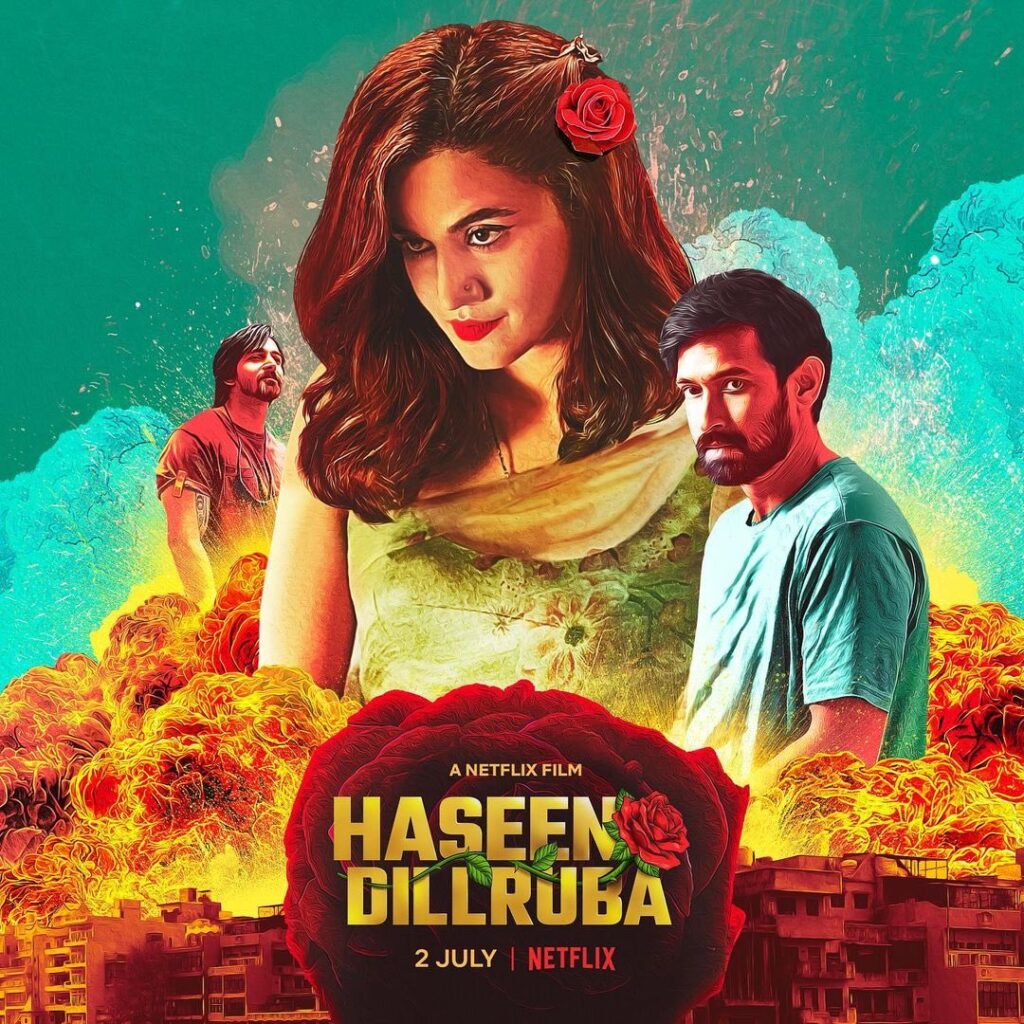
In Haseen Dilruba, a lady who is being investigated for her husband’s murder divulges details of their tumultuous marriage, thereby impeding the pursuit of the truth. Watching this murder mystery with a twist of romantic drama is highly recommended, especially since Vikrant Massey steals the show and Tapsee Pannu plays a pivotal role.
The Girl On The Train (2021)
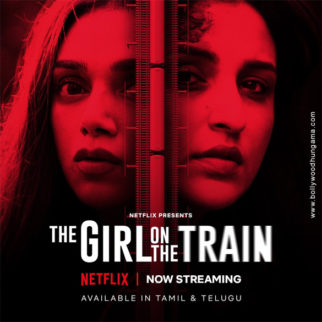
A troubled divorcée becomes fixated on a seemingly perfect couple she watches from afar. But when an unexpected remark pulls her into a dark murder investigation, her world unravels. Starring Parineeti Chopra with intense eyes, the charismatic Avinash Tiwari, and the graceful Aditi Rao Hydari, this gripping thriller, *The Girl On The Train*, will keep you on the edge of your seat.
Ittefaq (2017)
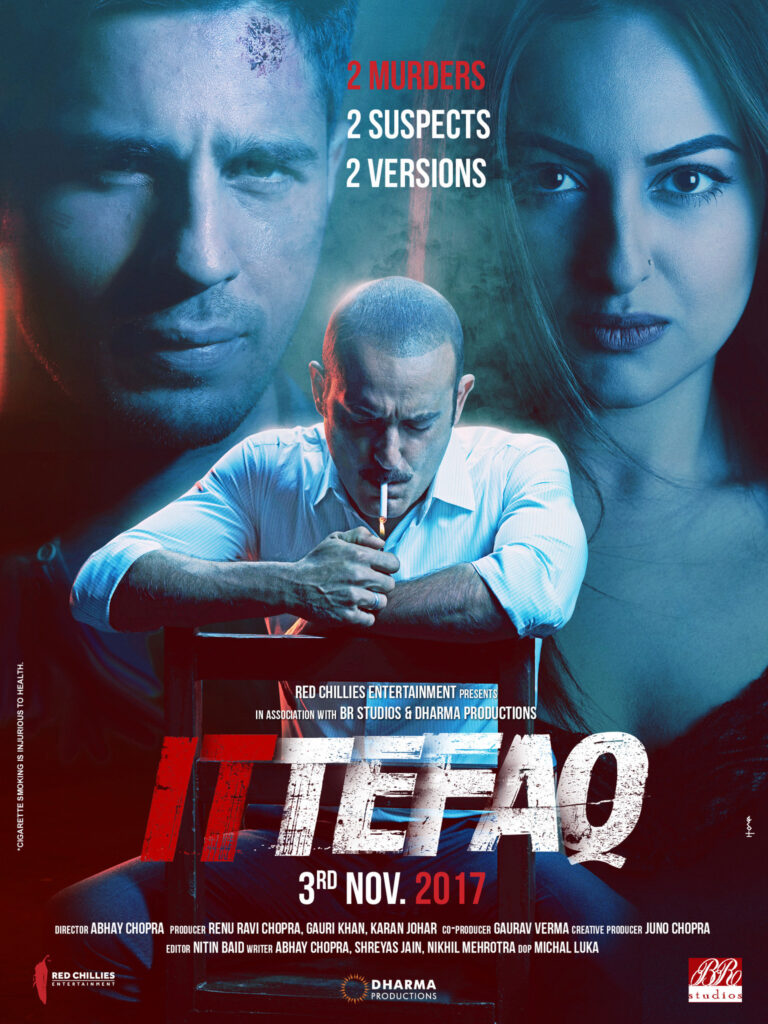
In a double murder case, a housewife and a writer become the prime suspects and the only witnesses. As a detective navigates a web of coincidences, the mystery deepens. *Ittefaq*, a stylish thriller starring Sidharth Malhotra, Sonakshi Sinha, and Akshaye Khanna, is packed with action and rapid twists, making it a must-watch for your list.
Talvar (2015)
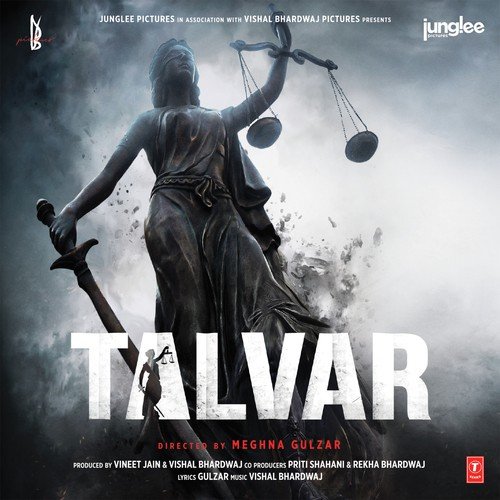
*Talvar* is a Bollywood thriller based on a real-life double murder case that shook India to its core. The film follows the investigation into the brutal killings of a teenage girl and her family’s servant, unraveling various theories that surround the case. As the story unfolds, the complexities of the legal process, conflicting evidence, and political pressures add layers of confusion. *Talvar* highlights the flaws and intricacies of the justice system, prompting viewers to question the nature of truth and the impact of societal pressures on criminal investigations.
Badla (2019)

*Badla* is a gripping thriller that follows a renowned lawyer (Amitabh Bachchan) who is brought in to defend a woman (Tapsee Pannu) accused of murdering her lover. As they dig deeper into the case, the truth becomes increasingly elusive and complex. The film is bolstered by sharp editing, a compelling musical score, and striking cinematography, all of which enhance the strong storyline and outstanding performances.
Phir Aayi Hasseen Dillruba (2024)
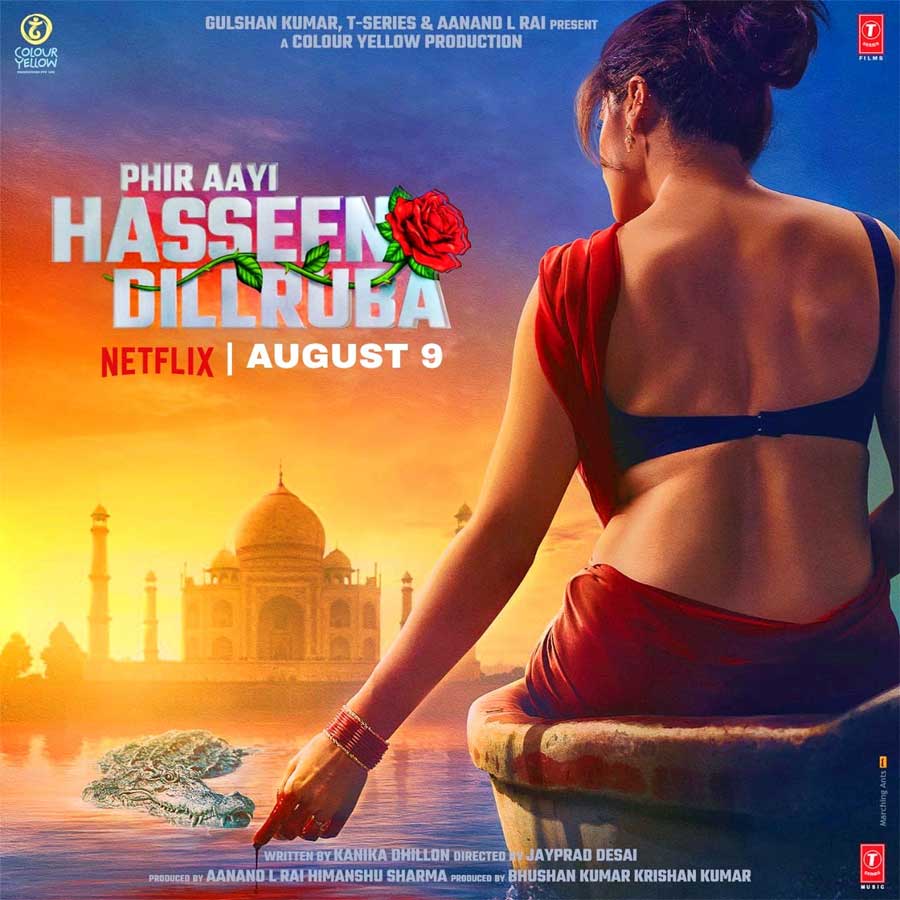
Escaping from the police in Agra, Rani and Rishu decide to elope together. When their plan goes awry, Rani seeks a helping hand from a kind admirer.
Merry Christmas (2024)

Sriram Raghavan’s *Merry Christmas* is a captivating mystery thriller set in 1980s Bombay. Starring Vijay Sethupathi and Katrina Kaif, the film follows Albert, a man ensnared in a web of secrets and lies on Christmas Eve. As he tries to protect Maria (played by Katrina Kaif) from suspicion, Albert uncovers shocking truths that lead to a heart-pounding finale.
The post Must Watch Bollywood Murder Mystery Movies on Netflix appeared first on FWD Life | The Premium Lifestyle Magazine |.
]]>The post What to Watch on OTT – August 2024 appeared first on FWD Life | The Premium Lifestyle Magazine |.
]]>For fans of over-the-top content, August 2024 is expected to be a thrilling month with a varied selection of films and web series available on multiple platforms.
Netflix is at the forefront with several highly anticipated releases: “Modern Masters” on August 2, “Phir Aayi Haseen Dillruba” on August 9, “The Umbrella Academy Season 4” on August 8,”Elizabeth Taylor: The Lost Tapes” on August 03, “Love Next Door” on August 17, ‘Terminator Zero’ on August 29th“, ‘Indian 2’ earlier in the month and the return of “Emily in Paris” with Season 4 Part 1 on August 15.
Disney+ Hotstar follows suit with “Life Hil Gayi” and “Munjya” both premiering on August 9, while JioCinema offers “Ghud Chadi” and Sony LIV presents “Turbo” on the same day and ‘Brinda’ on August 2nd.
JioCinema brings ‘Dune: Part 2’ to screens on August 1st.
Zee5 contributes “Gyaarah Gyaarah” on August 9 and “Manorathangal” on August 15 to the lineup.
Amazon Prime Video makes a splash with “Lord of the Rings: Rings of Power” on August 29, “Double iSmart” on August 15 and “Chandu Champion” earlier in the month.
The post What to Watch on OTT – August 2024 appeared first on FWD Life | The Premium Lifestyle Magazine |.
]]>The post Arjun Ashokan Films Worth Watching appeared first on FWD Life | The Premium Lifestyle Magazine |.
]]>Romancham

Bramayugam

Super Sharanya
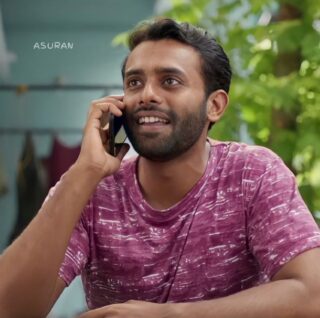
June
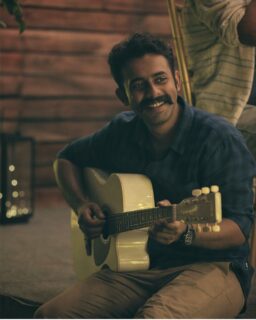
Ajagajantharam
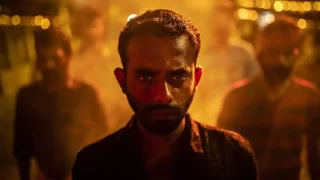
The post Arjun Ashokan Films Worth Watching appeared first on FWD Life | The Premium Lifestyle Magazine |.
]]>The post The Power of Book Adaptations : Movies Based on Books appeared first on FWD Life | The Premium Lifestyle Magazine |.
]]>We’ve selected ten of the best books that have been adapted into films, ranging from classic literature, thrillers, and mysteries to fantasy, love stories, and tales for teenagers. All of the works are excellent; we selected those that are best-sellers, critically acclaimed, or have had a significant impact on contemporary literature and popular culture. What about the films? Well, some are excellent pieces of art unto themselves. While the novels that influenced some of them live on in readers’ memories forever, others were quickly forgotten.
Little Women

Little Women is a beloved coming-of-age story that was first released in two parts and is still incredibly relevant today. The March sisters are a shining example of family love and a tie that will not be shattered by the Civil War that rages on near their New England home. They have a tomboy author-to-be, a weak yet gorgeous sister, and the hopeless romantic. This classic story would be ideal for a mother-daughter book club read. With nominations for multiple awards, the most recent Little Women movie does the novel proud. It not only introduces a new generation to one of the best books ever written, but it also provides the story with the resolution that the author always wanted but was never able to achieve due to the times in which she lived.
Hunger Games
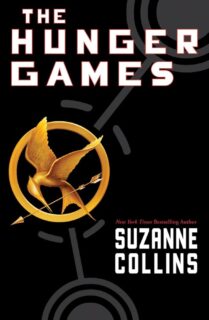
It would be reckless of us to list the greatest book-to-movie adaptations without including The Hunger Games. A bestselling book series with a horde of loyal fans is seldom easy to adapt, but this one was an enormous hit. The movie, which starred Josh Hutcherson, Jennifer Lawrence, and Liam Hemsworth, was well-received by critics and audiences alike when it was released. The screenplay for this book to movie adaption was written by Suzanne Collins, demonstrating how closely the movie adheres to the original plot. Even a few words are lifted precisely from the novel!
Harry Potter
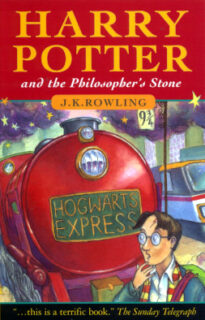
Despite having eight films, J.K. Rowling’s story had to be significantly trimmed for the Harry Potter film series, which has two credited screenwriters and four directors. Though the films follow the same progression from a bubbly children’s tale to the darker, more morally difficult story that you find in the later books, they are fairly loyal to both the plot and the character development that is Rowling’s great talent. For fans who can’t wait to see the amazing things they’ve just read about, these are the perfect adaptations.
The Devil Wears Prada

Despite Lauren Weisberger’s novel’s success, the film portrays Miranda Priestly as one of the greatest villains in cinematic history, and it is an upgrade. The film takes Miranda’s character to a darker place and offers the story a more satisfying resolution than the novel, which ended on a totally different emotional note before it was even finished.
Lord Of The Rings
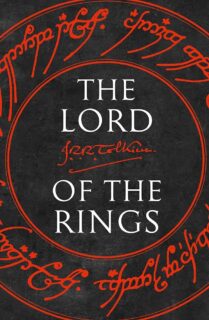
In a broad sense, Peter Jackson’s trilogy of films is quite true to J.R.R. Tolkien’s classic epic fantasy writings. Jackson greatly simplified the plot, however not many people had issue with there not being enough Tom Bombadil in it. With the use of cutting-edge computer graphics, Jackson was able to portray the most well-known fantasy universe ever imagined in a realistic and convincing manner while retaining the essential elements of hope, bravery, and despair.
Silence Of The Lamps
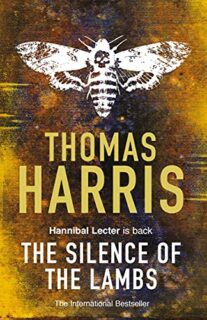
Although Jonathan Demme’s adaptation mostly follows Thomas Harris’s novel, it adds two significant elements: Anthony Hopkins and Jodie Foster. Because of these two actors’ outstanding, enduring, and viscerally believable performances, a dark, twisty thriller became a permanent fixture of popular culture. All you have to do is mention the word “Clarice” with one of Hopkins’s trademark inflections, and everyone will know what you’re talking about.
Crazy Rich Asians

Just five years after Kevin Kwan’s charming, satirical romantic comedy debuted, Jon M. Chu created a stunning film adaptation of it. The intimate relationships, inner workings, and nuanced expectations of Singaporean high society were all captured in the film, which became an instant smash. In addition to receiving fantastic reviews and multiple nominations for Golden Globe Awards, it naturally raised interest in the book itself.
Breakfast At Tiffany’s
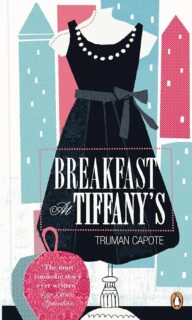
Truman Capote’s darker, more vicious novella was adapted into an epic film that is still regarded as a cultural classic. Capote’s tale of a lady attempting to salvage some glitter from the ruins of her life is heartfelt, sorrowful, and ultimately exquisite. The film ends on a positive, romantic note, while toning down the queer, tragic, and prostitute undertones. Nevertheless, each of these elements is strong, unforgettable, and bordering on brilliance.
Anna Karenina
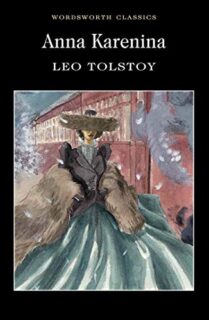
For good reason, Leo Tolstoy’s Anna Karenina is frequently regarded as the best book ever written. With subtle undertones of mental illness and touching on issues of adultery, love, humanity, and life in Russia, Tolstoy tells his expansive tale without resorting to oppressive morals. Rather, the reader is asked to peer into these lives as a voyeuristic observer, not passing judgement on the shortcomings of his characters. With 864 pages, Tolstoy’s work is by no means short. Despite this, four films have attempted to depict it, with the most imaginative and opulent being the 2012 adaptation starring Keira Knightley, Jude Law, and Domhnall Gleason.
The Color Purple
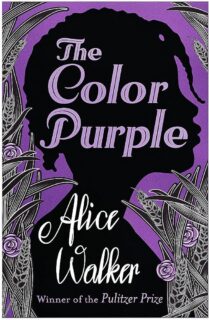
The Color Purple, Alice Walker’s 1982 book, was awarded the Pulitzer Prize. This is among the greatest books ever written because of Walker’s moving and vivid writing. One of the best works about racial relations in early 20th-century America because of the story’s cultural significance. It’s also among the best books that have been adapted into films because to Menno Meyjes’ excellent script. In this epic story of an African American woman (played by Whoopi Goldberg) living in the South and enduring unbelievable abuse and bigotry, Steven Spielberg coproduced it with Quincy Jones. His direction does the book justice and brings Walker’s significant tale to life for generations of new audiences.
The post The Power of Book Adaptations : Movies Based on Books appeared first on FWD Life | The Premium Lifestyle Magazine |.
]]>The post The Bansali Girls : A List of the Iconic Sanjay Leela Bansali Women appeared first on FWD Life | The Premium Lifestyle Magazine |.
]]>Sanjay Leela Bhansali’s upcoming film’s cast has been revealed! Bhansali Productions announced on social media that Vicky Kaushal, Alia Bhatt, and Ranbir Kapoor will be starring in their upcoming film Love and War. Sanjay Leela Bhanasali is a highly skilled filmmaker in the realm of Indian cinema. His epic and women-focused classic flicks are what made him most famous. His films consistently include historical concepts and motifs into their storytelling. In addition, his characters serve as real-world representations.
Here is the list of our favorite women from Sanjay Leela Bansali Movies.
Paro (Devdas)
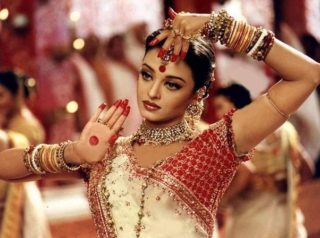
Kicking off our list is Paro, played by Aishwarya Rai in the iconic film “Devdas.” Paro’s enduring love and unwavering strength in the face of societal pressures make her a timeless character. Paro taught a whole generation of women not to take shit from men. Yes, she loves Devdas and will only ever love him, but she knows she deserves better. She tells him he cant comes running up on her wedding day and confesses his love to her as if everything was suddenly all right.
Gangubai (Gangubai Kathiawadi)
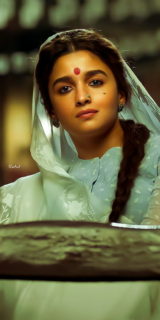
The narrative of a young girl pushed into prostitution against her will is told in the film Gangubai, starring Alia Bhatt. She and her lover are from a little Gujarati village, but they wind up at a brothel. That’s when she turns into Gangubai. Gangubai, who was a sex worker before becoming an activist and politician, defends the rights of women who work in brothels. She battled to improve the lives of sex workers’ children. The true story of Gangubai served as the inspiration for the character. Instead of feeling sorry for herself, her spirit inspires her to do more good for other women who are going through similar struggles as she experienced.
Kashi Bhai (Bajirao Mastani)
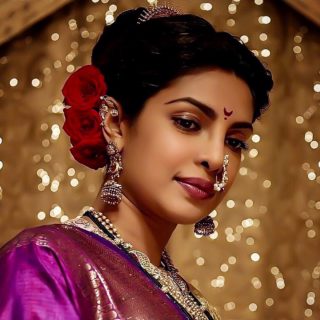
The love tale of Peshwa Bajirao and Mastani, in which Kashibai (Priyanka Chopra) had a significant role, served as the basis for this historical drama. Although she is still forgotten in popular history, Bhansali and Chopra elevated her to a prominent position. The woman’s boundless love for her spouse did not even extend to her sense of self-respect. The storyline is that, although Kashibai never goes too far with Mastani, she despises Bajirao for taking her as his second wife. A brief scene between Kashibai and Mastani illustrates how Kashibai has come to terms with the idea that her husband is more in love with his second wife than he is with her.
Mary (Mary Kom)
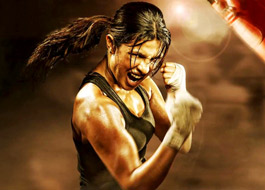
In the biopic “Mary Kom,” which is a portrayal of boxer MC Mary Kom, Bhansali brought out the best in Priyanka Chopra. To put on weight, the actor underwent a drastic physical makeover. In order to add reality to the film, she took up boxing. Bhansali, however, did not overlook capturing Kom’s life in its various aspects—that of a daughter, wife, and mother. During her first pregnancy, the boxer found it difficult to accept the possibility that it would all have an impact on her career. She put a lot of effort into getting back into shape after giving birth to twins, and she made India proud. Kom proved to us that a woman may have it all even though she played every role in her life.
Sofia (Guzaarish)
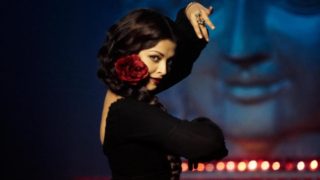
Aishwarya Rai portrayed the role of Sofia. In the movie, she plays a nurse who is caring for Ethan, a paralysed magician turned radio host. For twelve years, Sofia stood by Ethan, tending to his needs. She had feelings for him. When Sofia resurfaces later in the movie, she does so as a single divorced lady. The movie takes place in a period of time when divorce is frowned upon and finding love at this point in one’s life appears nearly unattainable. Sofia additionally pledges to assist Ethan with his euthanasia, regardless of the repercussions. In conclusion, Sofia is courageous because she stands up for her love and does what needs to be done without fear of repercussions. Her unselfish love gave her strength.
Michelle ( Black )
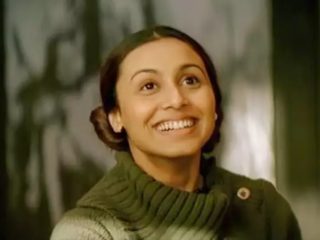
The most highly praised movie by SLB is Black. The film tells the narrative of Michelle, a deaf and blind woman played by Rani Mukerji, and her connection with her teacher Debraj, an ageing alcoholic teacher played by Amitabh Bachchan. After becoming a violent, unruly youngster, Michelle grows up to become an expressive woman who can even dance and get a bachelor’s degree. Despite failing year after year to earn her degree, she perseveres and keeps up her spirit. Michelle succeeds in earning her degree twelve years later. Michelle is a representation of perseverance and hard effort. She encourages many other ladies to look forward to her as a role model.
Leela ( Goliyon Ki Raasleela Ram-Leela )

Romeo and Juliet is brought to life in this modern-day rendition by Deepika Padukone as Leela. Leela defies conventional expectations of love as a daring and passionate woman. Being the epitome of beauty, bravery, and vulnerability, her character is one of Bhansali’s most unforgettable heroines.
The post The Bansali Girls : A List of the Iconic Sanjay Leela Bansali Women appeared first on FWD Life | The Premium Lifestyle Magazine |.
]]>The post Netflix’s Cleopatra: A Controversial Provocation Egypt Could Do Without appeared first on FWD Life | The Premium Lifestyle Magazine |.
]]>The portrayal of Cleopatra has always been intertwined with fascination and debate, particularly centered around her appearance rather than her race, in historical accounts. The Hollywood industry, historically dominated by white executives, had marginalized Black talent, deeming them unmarketable and unworthy of significant roles. The industry’s limited embrace of Black stories in the past was primarily driven by profit rather than genuine progressivism.
In the case of Netflix’s Queen Cleopatra, the casting of a Black performer in the lead role was destined to ignite controversy, especially among Egyptians increasingly hostile towards Afrocentrism. However, the preceding installment of the ‘African Queens’ series, Njinga, did not generate significant interest or impact, lacking the depth to stimulate intellectual discourse.
Director Tina Gharavi’s previous works, while sincere in their storytelling, did not display visionary filmmaking challenging the conventional Anglophone documentary style. Despite this, Netflix and Pinkett-Smith effectively employed marketing tactics, leveraging the race card to generate buzz around Cleopatra, ultimately leading to its elevated position in the charts.
Disappointingly, Queen Cleopatra fails to offer any fresh insights into the Egyptian icon. The four episodes follow a predictable and formulaic narrative structure, focusing on Cleopatra’s rise and fall without delving into her race. The series, featuring medium close-up interviews with academics predominantly from American and British institutions, coupled with lackluster dramatizations, fails to engage viewers or provide an aesthetically distinct perspective.
The show’s emphasis on Cleopatra’s physical beauty and sensationalized elements aligns with Netflix’s faux-liberal gender and sexual politics, which are often presented simplistically and lacking depth. While the representation of minority groups in film and TV is an important concern, solely focusing on representation can overshadow other vital aspects, such as artistry, film history, and the political use of aesthetics.
Critics and viewers fixated on the racial depiction of Cleopatra, generating substantial media coverage and overlooking the artistic value and storytelling approaches employed in the series. Amidst the heightened racial discourse, the nuances of Egypt’s complex relationship with blackness have been lost. Egypt’s struggle with economic crises, political challenges, and external influences leaves the nation feeling helpless and disheartened.
In its current state of turmoil, Egypt seeks a savior and is grappling with collective defeat, making the Netflix provocation an unwelcome addition. The nation, deprived of agency and self-determination, holds onto its historical heritage, which has been plundered by the West for centuries. In such circumstances, a reframing of their own history, even in the form of a fictional series, elicits a strong reaction from a nation grappling with numerous challenges.
Ultimately, while the casting controversy surrounding Netflix’s Cleopatra has sparked discussions on representation and historical accuracy, Egypt’s broken state and desperate need for stability and self-determination make this provocative series an unnecessary and untimely distraction.
The post Netflix’s Cleopatra: A Controversial Provocation Egypt Could Do Without appeared first on FWD Life | The Premium Lifestyle Magazine |.
]]>The post The Rise of Mollywood: A Journey Through the Growth of Malayalam Cinema appeared first on FWD Life | The Premium Lifestyle Magazine |.
]]>
Pioneers of Malayalam Cinema
The early years of Malayalam cinema were marked by the emergence of pioneers such as J. C. Daniel, who is considered the father of Malayalam cinema. His silent film Vigathakumaran, released in 1928, is considered the first Malayalam film ever made. However, it was not until the 1950s that the industry saw significant growth with the release of films such as Neelakuyil (1954), which went on to win the President’s Gold Medal.
The Golden Era of the 1960s and 1970s
The 1960s and 1970s were a golden era for Malayalam cinema, with the emergence of great filmmakers such as P. Bhaskaran, K. S. Sethumadhavan, and Adoor Gopalakrishnan. These filmmakers, along with talented actors like Prem Nazir, Sathyan, and Madhu, helped to establish Malayalam cinema as a serious player in the Indian film industry.
Innovative Approaches in the 1980s and 1990s
In the 1980s and 1990s, Malayalam cinema saw a new wave of filmmakers who brought a fresh and innovative approach to filmmaking. Directors such as Padmarajan, Bharathan, and I. V. Sasi made films that were realistic, socially relevant, and aesthetically pleasing. Actors like Mammootty and Mohanlal emerged as leading stars and went on to become some of the most respected and popular actors in India.
New and Exciting Talent in the 21st Century
In the 21st century, Malayalam cinema has continued to grow and evolve, with the emergence of new and exciting talent. Directors such as Lijo Jose Pellissery, Dileesh Pothan, and Aashiq Abu have gained international recognition for their bold and unconventional films. Actors like Fahadh Faasil, Nivin Pauly, and Parvathy Thiruvothu have become household names and are recognized for their versatility and depth.
Changing Audience Preferences
The growth of Malayalam cinema can also be attributed to the changing tastes and preferences of the audience. Today’s Malayalam cinema is characterized by its realism, strong narratives, and relatable characters. It is not just about entertainment, but also about addressing important social issues and sparking meaningful conversations.
Advancements in Technology
Moreover, the growth of Malayalam cinema has been supported by advancements in technology, which have enabled filmmakers to experiment with new and innovative techniques. Digital cameras, editing software, and special effects have helped to enhance the visual appeal of Malayalam cinema and take it to new heights.
The growth of Malayalam cinema over the years has been a remarkable journey, marked by the emergence of great filmmakers, actors, and technicians. It is a testament to the industry’s resilience and commitment to excellence. Today, Malayalam cinema has a global appeal and is recognized for its unique voice and perspective. It is a shining example of the power of cinema to entertain, educate, and inspire.
The post The Rise of Mollywood: A Journey Through the Growth of Malayalam Cinema appeared first on FWD Life | The Premium Lifestyle Magazine |.
]]>The post The Future is Here: How AI is Revolutionizing the Film Industry appeared first on FWD Life | The Premium Lifestyle Magazine |.
]]>
AI technology can be used in the pre-production stage of filmmaking to aid in scriptwriting and storyboarding. AI algorithms can analyze successful films and predict what elements will make a film successful, providing guidance for filmmakers.
In addition, AI technology can be used to generate visual aids, such as mood boards and virtual sets. This can help filmmakers visualize their film and make necessary adjustments before the actual shooting begins.
AI technology can be used during the production stage of filmmaking to optimize the shooting process. One example is using AI algorithms to analyze the lighting and camera angles on set to provide feedback to the cinematographer in real-time, allowing for adjustments to be made on the spot. AI technology can be used for crowd simulation, where algorithms can generate and control a large number of extras, reducing the need for hiring and managing real people.
AI technology has a significant role to play in post-production, where it can be used for video and audio editing, color grading, and special effects. AI algorithms can analyze large amounts of data and make recommendations for editing and effects based on similar films, improving the overall quality and efficiency of post-production.
AI technology can be used for facial recognition and animation, allowing filmmakers to manipulate and edit actors’ performances in post-production.
While AI intervention in cinema offers many benefits, there are also challenges to consider. One concern is the potential loss of creativity and originality in films if AI algorithms dictate too much of the process. In addition, AI technology is not yet perfect and can sometimes make mistakes, leading to errors in the final product. Therefore, it is crucial that human oversight is maintained throughout the filmmaking process to ensure the final product is of the highest quality.
AI intervention in cinema has the potential to revolutionize the filmmaking process, improving efficiency, and quality. While there are concerns about the loss of creativity and potential errors, the benefits of AI intervention in cinema are significant and cannot be ignored.
As AI technology continues to advance, it will be interesting to see how it will be integrated further into the filmmaking process and how it will change the cinema industry as a whole.
The post The Future is Here: How AI is Revolutionizing the Film Industry appeared first on FWD Life | The Premium Lifestyle Magazine |.
]]>The post 5 Films That Proved To Be A Complete Disaster As Remake appeared first on FWD Life | The Premium Lifestyle Magazine |.
]]>Text credit: Charishma Thankappan
The purpose of a remake is to reach out to a wider audience and make them aware of the brilliance of the original film. Often remade in other languages, the film is supposed to be a twice-born that should ideally keep intact the genius of the mother film. Filmmakers may take liberties to bring in variations to suit the target audience of the remake, but the purpose can be lost if the essence is missed.
The just released Bollywood film Dhadak has been much awaited for multiple reasons – being a remake of the wildly hit Marathi film Sairat (2016); being the grand debut of the newest princess in Bollywood – Sridevi’s daughter Jahnvi Kapoor; her pairing with Shahid Kapoor’s younger brother Ishaan Khattar’s first commercial film; and not the least – another baby from Karan Johar’s stable Dharma Productions. However, the excitement of the months’ of anticipation is beginning to plummet rapidly as reviews pour in, which are mostly touting the film as a failure.
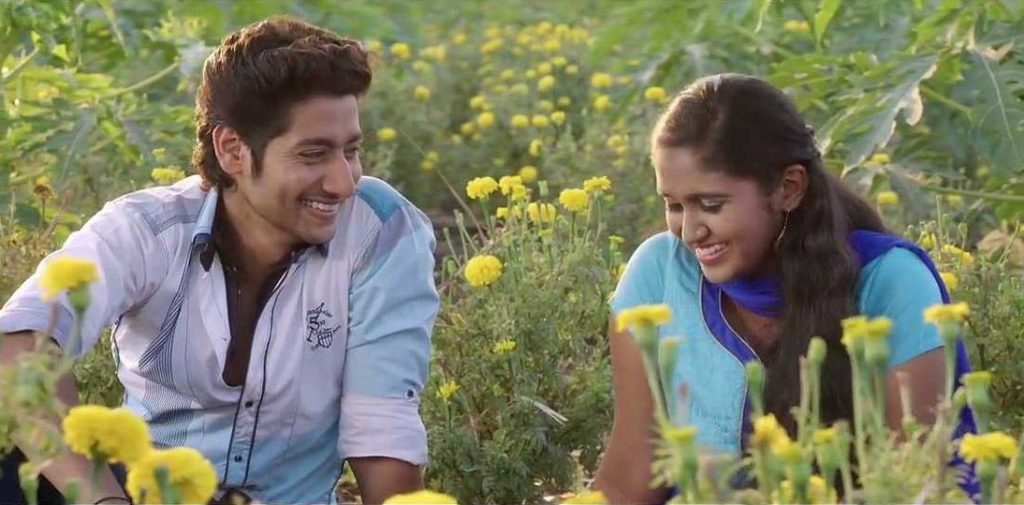
Sairat, the original Marathi film which has been remade as Dhadak in Hindi
Source: imdb.com
The increasing number of poor overhauls of films in the recent past makes one wonder if filmmakers are running out of ideas for original stories, or if they are in a hurry to launch their recreation. Feeble plots, bad casting, inferior scripting, shoddy technical work, weak imagination, lack of research, and a host of reasons contribute to the defeat of a remake. And in Dhadak’s case, it seems to be a combination of most of these, including a hurried stance of being a launching pad for the respective Bollywood starlets.
We take a look at some other substandard remakes that were miserable fiascos.
RGV Ki Aag (2007)

Sources: host2post.com and filmstreams.org
From the moment word went out that the legendary 1975 film Sholay was going to be remade, cinema fans could only wonder at the bravado of the director for daring to venture into such an act. Ram Gopal Varma had proved his quality with past films like Rangeela (1995), Satya (1998), Company (2002), etc., but this decision was considered too audacious even by his staunch fans. Despite casting Amitabh Bachchan, one of the heroes of Sholay as the villain in Aag, the film bombed superbly at the box office.
Ekk Deewana Tha (2012)

Sources: hamaraphotos.com and woodsdeck.com
Fans of Gautham Vasudev Menon had fallen head over heels in love with the romantic film Vinnaithaandi Varuvaayaa (2010). This heart touching love story was touted as perhaps the best performance of Silambarasan and his chemistry with Trisha was well loved, making the film memorable and reminiscent of Vaaranam Aayiram (2008). However, the Bollywood remake of Vinnaithaandi Varuvaayaa came and went without ruffling any feathers. With a nondescript cast of Prateik Babbar and Amy Jackson, if at all the film created any presence, it was thanks to AR Rahman’s music.
Billu (2009)

Sources: netflix.com and galatta.com
After courting a bit of controversy with its original name of ‘Billu Barber’, the film, which was a remake of Malayalam film Kadha Parayumbol (2007), failed to make any impact. While Mammootty was the face of the original, seasoned Malayali director Priyadarshan, who remade it in Hindi, banked on Shah Rukh Khan for the Bollywood film. Despite King Khan’s presence and Irrfan Khan’s performance, the film bombed at the Box Office.
Drishyam (2015)

Sources: woodsdeck.com and malayalam-movies2014.blogspot.com
The Malayalam film starring Mohanlal from 2013 had quickly turned into a cult film in Malayalam cinema. A film that took not just Mollywood, but the cinema industry by storm, it was quickly remade into other Indian languages, including Tamil and Hindi. However, neither came close to the performances by the stellar cast of the Malayalam film. Ajay Devgn was a pale shadow to Mohanlal, while newcomer Asha Sharath in Malayalam was far more formidable than the seasoned Tabu.
Chandramukhi (2005)

Sources: vinithtrolls.com and imdb.com
It is safe to say that the Tamil remake of not just Malayalam cinema, but perhaps Indian cinema’s cult film Manichithrathazhu (1993) was an utter disaster. Despite the presence of South Indian superstar Rajinikanth, his rendition of Mohanlal’s role was one of his most forgettable performances. Jyothika was a trifling substitute for Shobana, proving that the latter has no comparison, thus deserving the National Award that she won for her role. Manichitrathazhu was also remade into Kannada, Bengali, and Hindi, but none made any impact except the Bollywood remake – Bhool Bhullaya (2007) – starring Akshay Kumar and Vidya Balan.
The post 5 Films That Proved To Be A Complete Disaster As Remake appeared first on FWD Life | The Premium Lifestyle Magazine |.
]]>